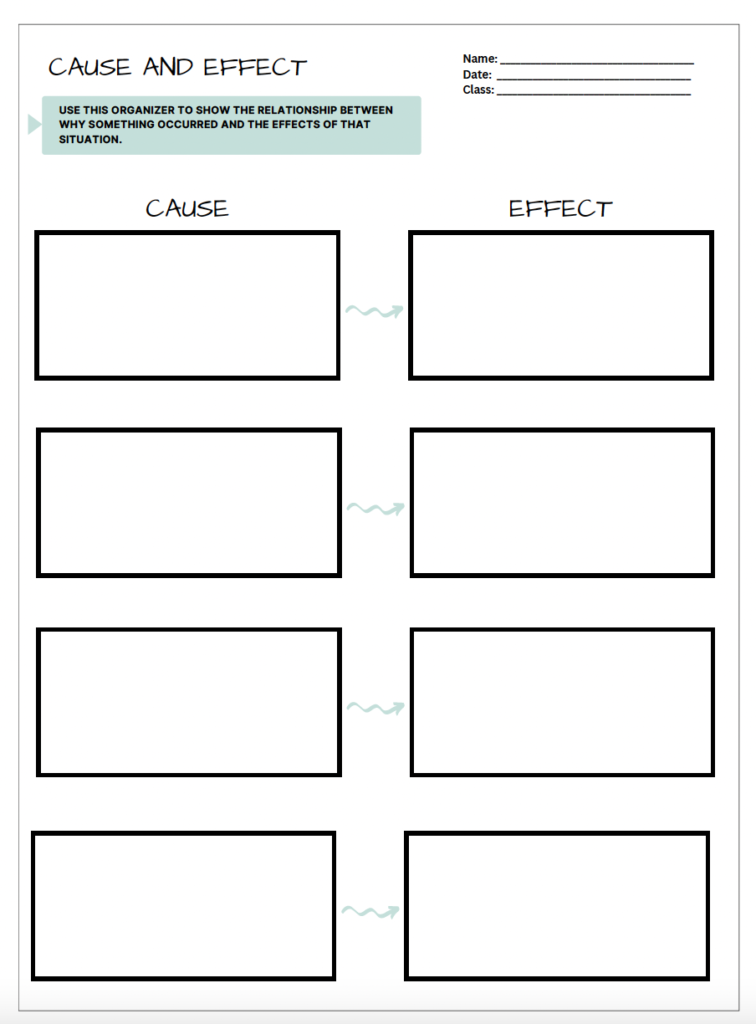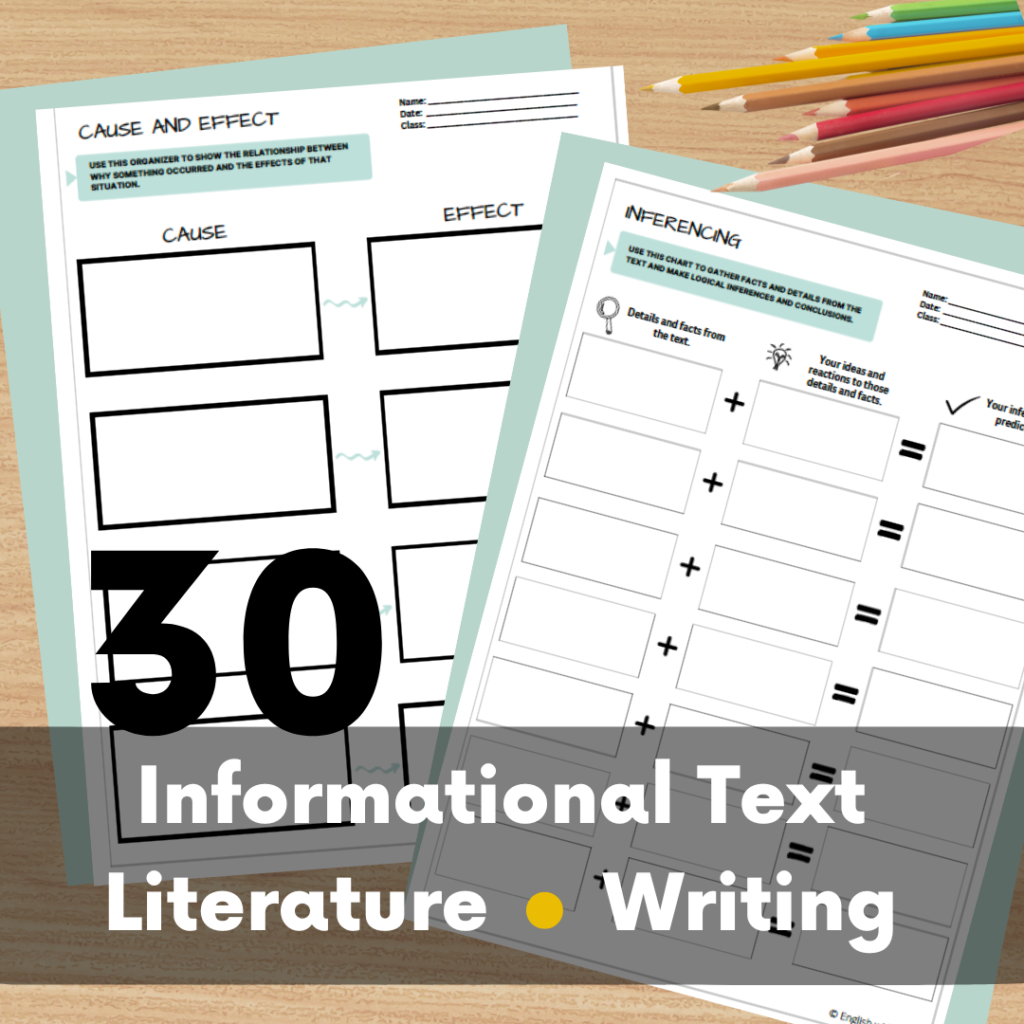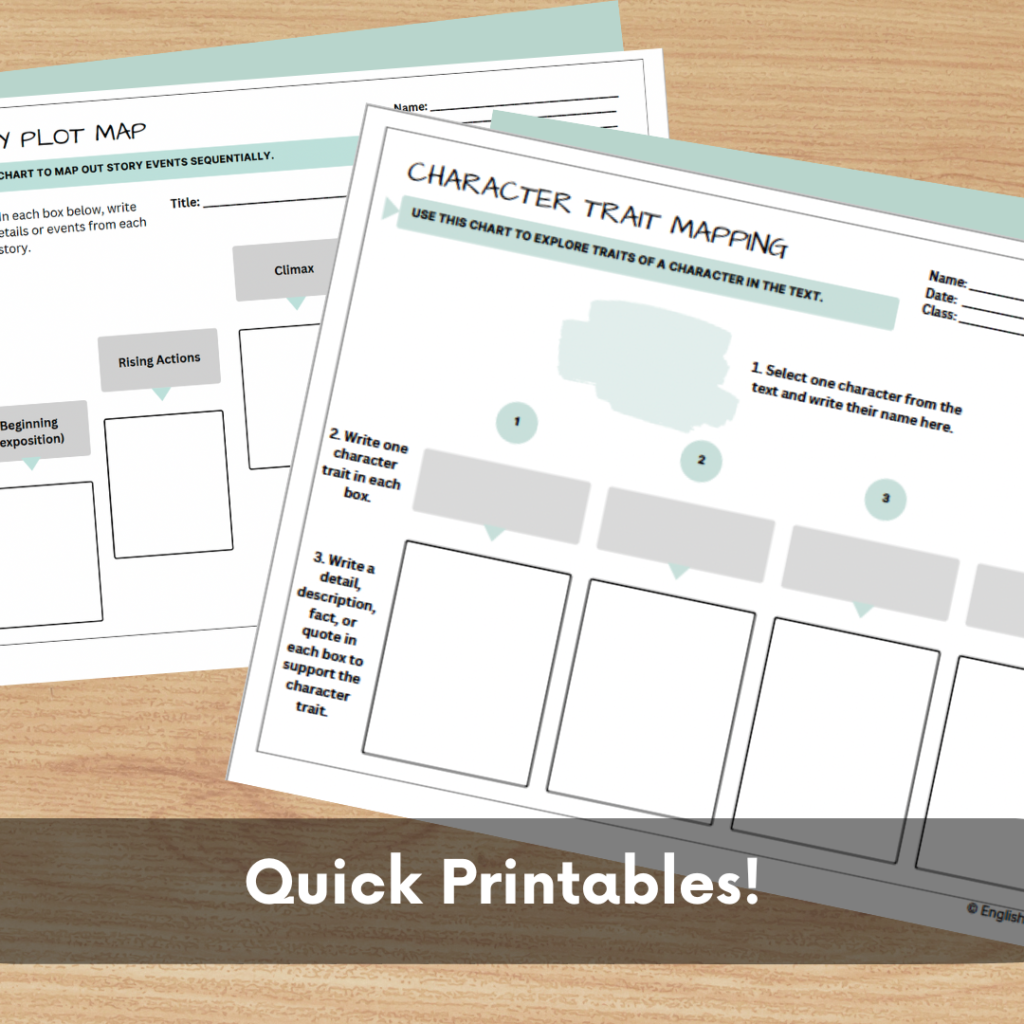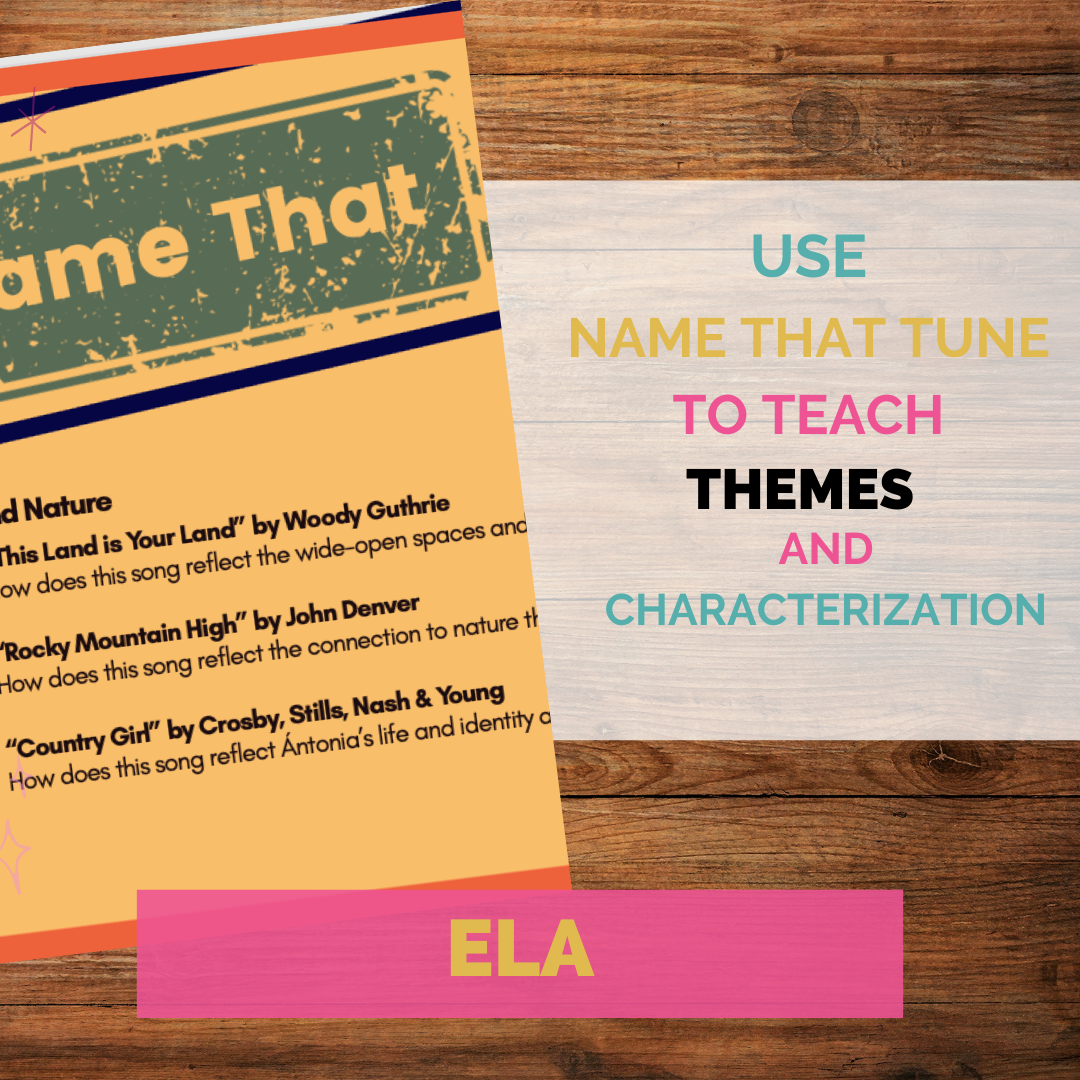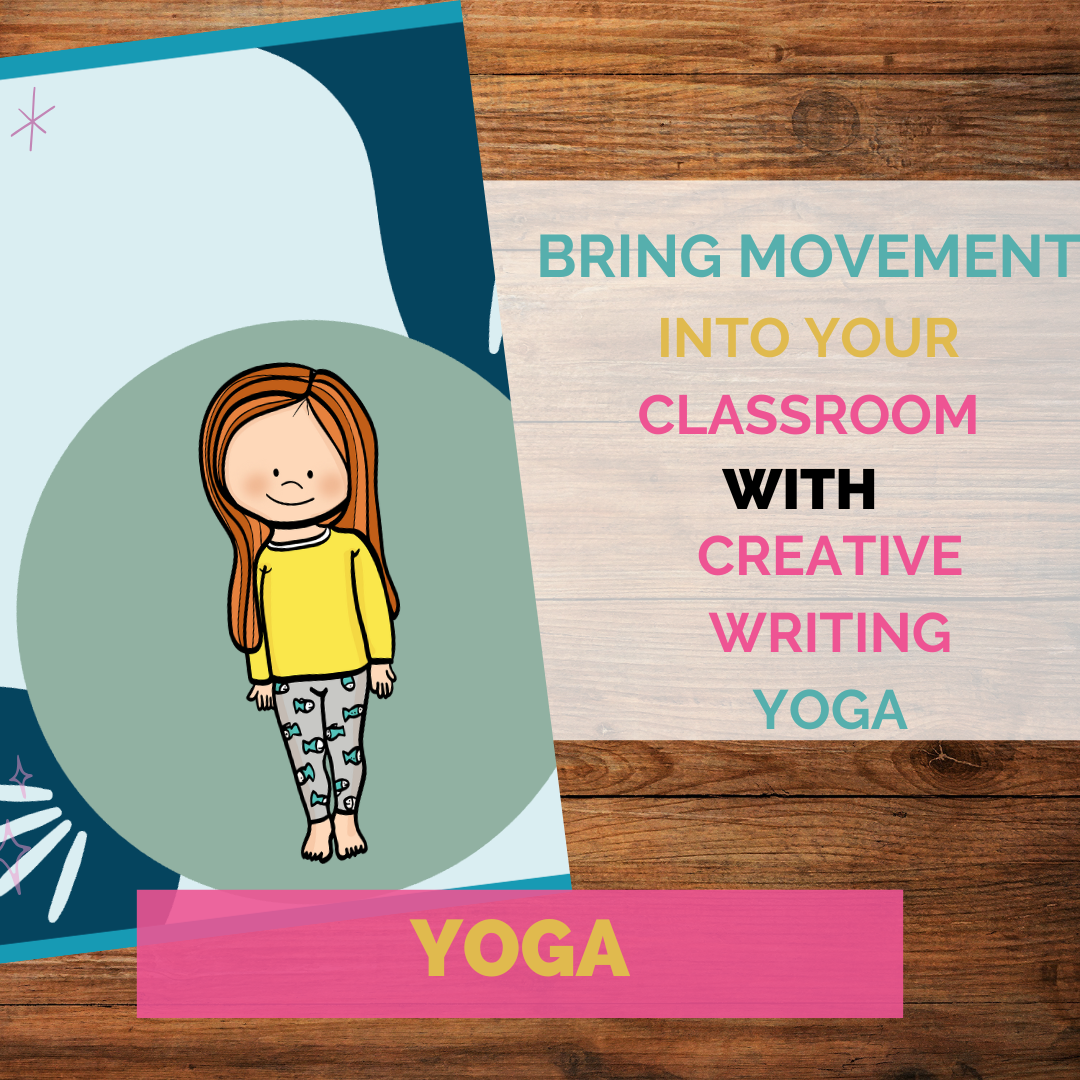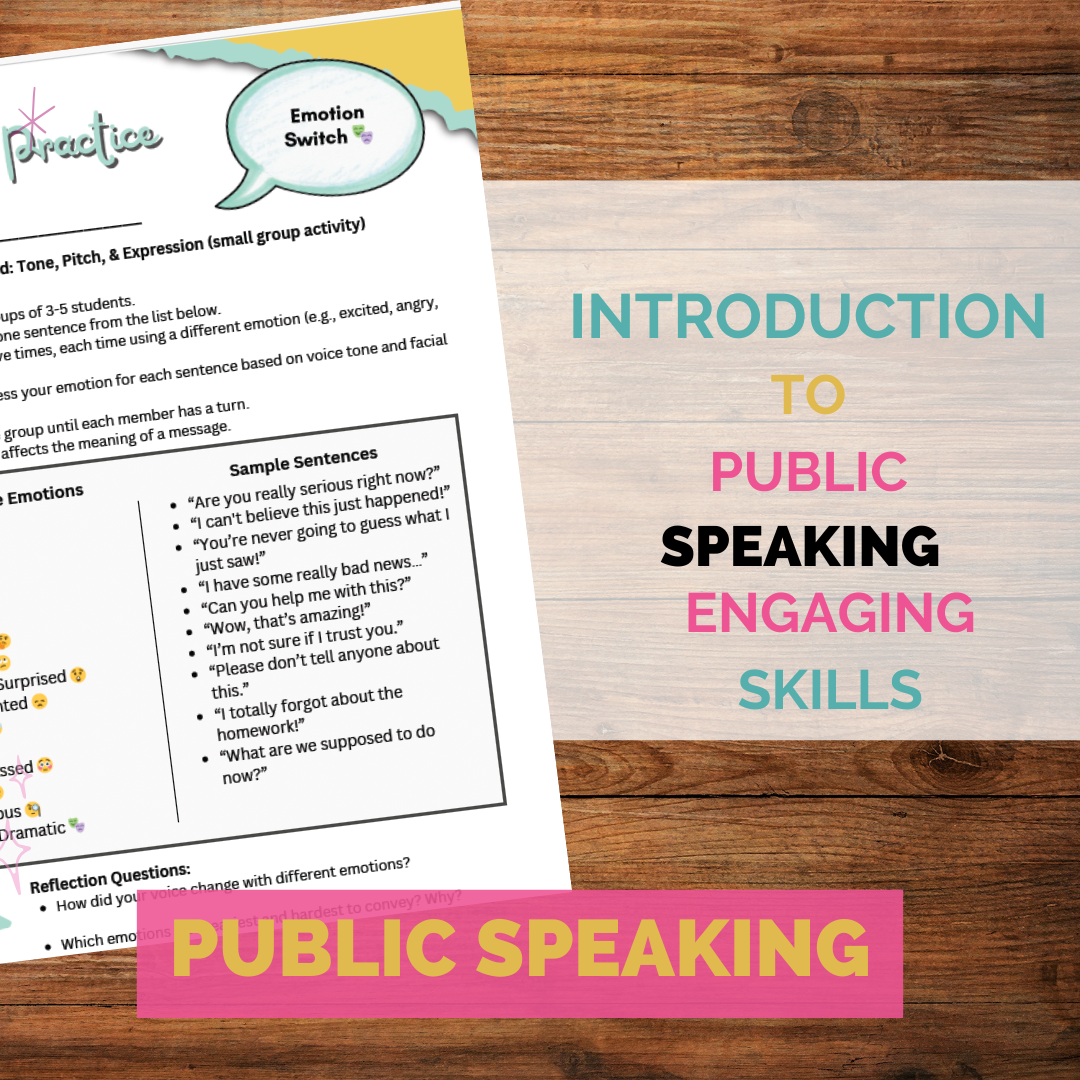Every educator knows the challenge: presenting information in a way that’s digestible, engaging, and conducive to deep understanding. Enter graphic organizers—a seemingly simple tool that can revolutionize the learning experience.
As educators, we’re always searching for ways to make information more accessible, engaging, and meaningful for our students. Enter graphic organizers: a simple yet powerful tool that can transform how students process and retain information.
Graphic Organizers: What Are They?
At their core, graphic organizers are visual tools used to structure and illustrate complex information, helping students to see relationships, hierarchies, and connections in the data. Common examples include Venn diagrams, flowcharts, mind maps, and storyboards.
What Are Graphic Organizers?
At their core, graphic organizers are visual tools designed to organize and present complex information in a structured way. By visually mapping out data, students can better understand relationships, hierarchies, and connections. Some popular examples include:
Venn Diagrams: Perfect for comparing and contrasting.
Flowcharts: Ideal for outlining processes or problem-solving steps.
Mind Maps: Great for brainstorming and exploring ideas.
Timelines: Useful for understanding sequences and historical events.
Storyboards: Excellent for analyzing narratives or planning projects.
The Many Benefits of Graphic Organizers:
Clarifying Thoughts:
- Graphic organizers help students break down complex topics into smaller, manageable parts. This aids in understanding the essence of the information and how individual elements interrelate.
Enhancing Memory & Recall:
- The visual nature of graphic organizers taps into our brain’s ability to better recall and process visual data. This means concepts mapped out visually can often be remembered more effectively than those solely read or heard.
Promoting Critical Thinking:
- Designing a graphic organizer requires students to think critically about the content’s structure, priorities, and connections, encouraging a deeper engagement with the material.
Catering to Different Learning Styles:
- Visual learners, in particular, benefit immensely from graphic organizers. However, the act of creating them can also engage kinesthetic learners, while auditory learners can benefit by discussing content as they help design or fill out an organizer.
Why Graphic Organizers Work
Graphic organizers aren’t just about pretty visuals—they’re backed by solid educational benefits. Here’s why they’re so effective:
1. Clarifying Complex Ideas
Breaking down dense topics into smaller, visually digestible parts helps students grasp the essence of information. It’s like turning a big, messy puzzle into clear, connected pieces.
2. Enhancing Memory and Recall
Our brains are wired to remember visuals more effectively than text alone. By linking concepts with imagery, graphic organizers make information stick.
3. Promoting Critical Thinking
Designing or filling out a graphic organizer requires students to evaluate information, prioritize key points, and understand relationships—all hallmarks of critical thinking.
4. Supporting Diverse Learning Styles
Visual learners thrive with the imagery and structure.
Kinesthetic learners benefit from the hands-on act of creating or interacting with the organizer.
Auditory learners gain insights through discussions that often accompany the use of organizers.
Creative Uses of Graphic Organizers for Deeper Learning:
Storyboarding for Story Analysis:
- When studying literature, have students storyboard the narrative. This helps them identify main events, character developments, and underlying themes.
Timeline Organizers for History Lessons:
- Mapping out historical events on a timeline can provide students with a clearer understanding of sequences, causes, and effects in historical narratives.
Compare & Contrast with Venn Diagrams:
- Studying two related topics? Venn diagrams can help students identify similarities and differences, promoting analytical thinking.
Flowcharts for Problem-Solving:
- Be it a math problem or a scientific process, flowcharts can guide students step-by-step, ensuring they grasp each phase of a solution or process.
Hierarchy Maps for Organizational Structures:
- Whether studying biological classifications or social hierarchies, pyramid or tree diagrams can help visualize layered information.
Concept Maps for Brainstorming Essays:
- Before diving into essay writing, students can use concept maps to brainstorm ideas, organize their thoughts, and structure their arguments.
Tips for Using Graphic Organizers Effectively
Start Simple: Begin with straightforward topics to help students get comfortable with the format.
Encourage Personalization: Let students add color codes, doodles, or personal symbols to make the organizers their own.
Collaborate: Use graphic organizers as group activities to encourage discussion and shared insights.
Go Digital: Explore online tools and apps like Canva, Lucidchart, or Google Drawings to create interactive graphic organizers that engage tech-savvy learners.
Final Thoughts:
Graphic organizers are more than just teaching aids—they’re catalysts for deeper understanding and active engagement. By incorporating these versatile tools into your teaching, you can help students break down complex concepts, think critically, and retain information more effectively. How do you use graphic organizers in your classroom? Share your favorite strategies in the comments—I’d love to hear your ideas!
Buy Yours Now!
30+ Graphic Organizers for Reading Fiction, Nonfiction, Writing & More!
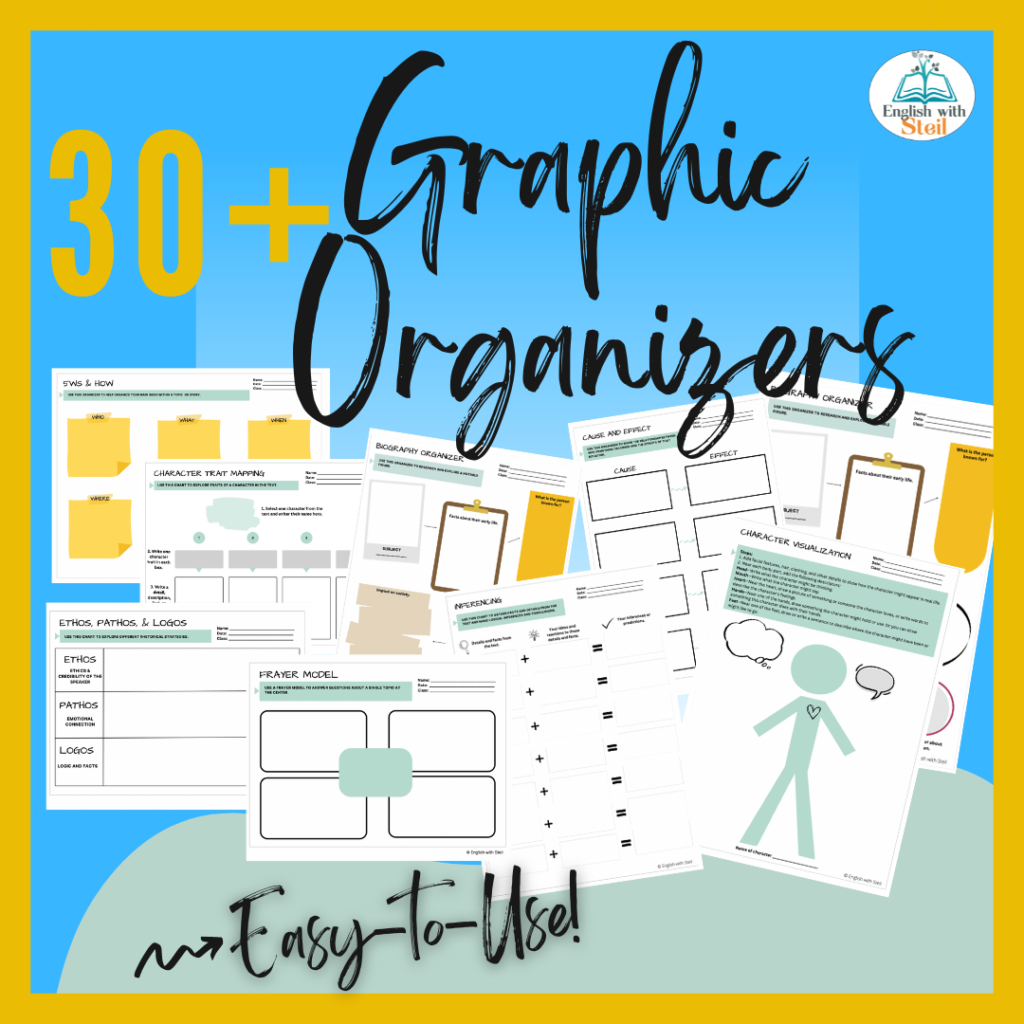
Check out resources from my fellow teacher authors1
- THE POWER OF THE GRAPHIC ORGANIZER by The Secondary English Coffee Shop
- 50+ ELA Graphic Organizers (Essay Writing, Literature, Reading Non-Fiction & More) by Stacey Lloyd
- Essay Writing Handouts and Graphic Organizers by PrestoPlans
- English Reading Lit & NonFiction Graphic Organizers Bundle {Grades 6-12} by Tracee Orman

